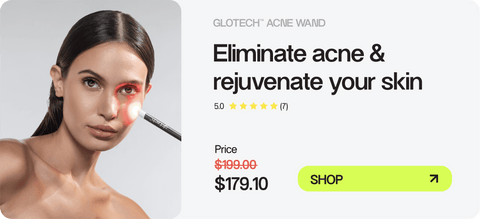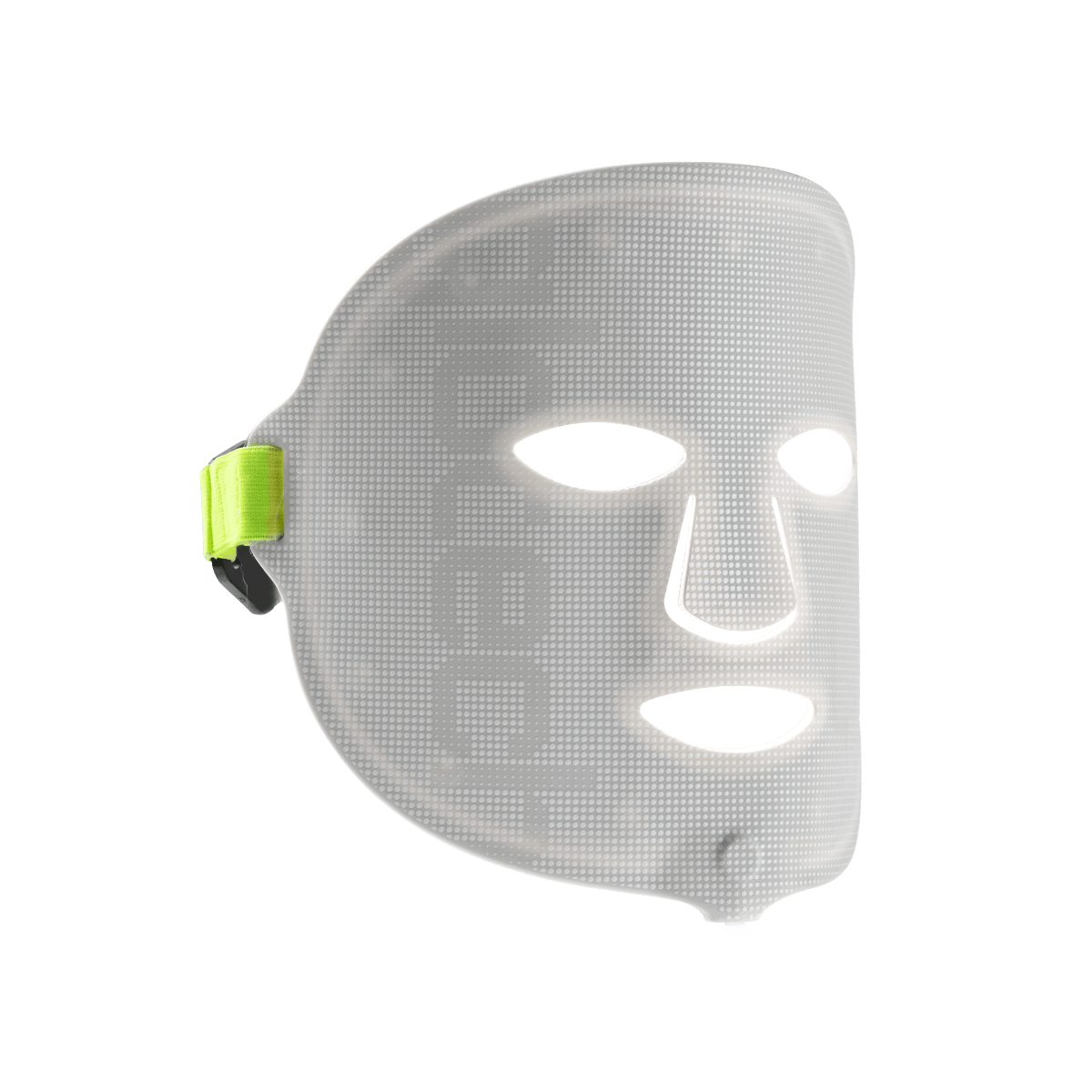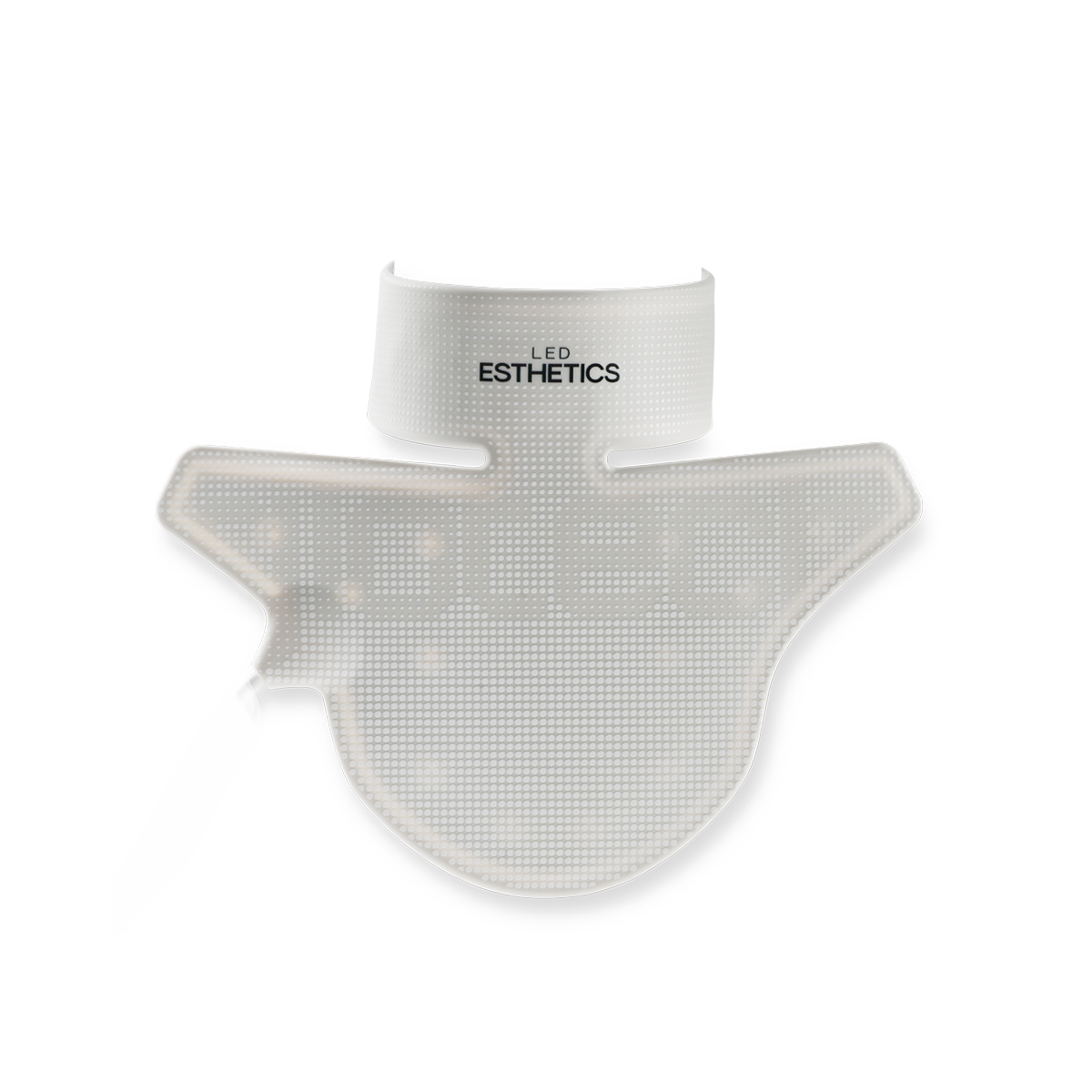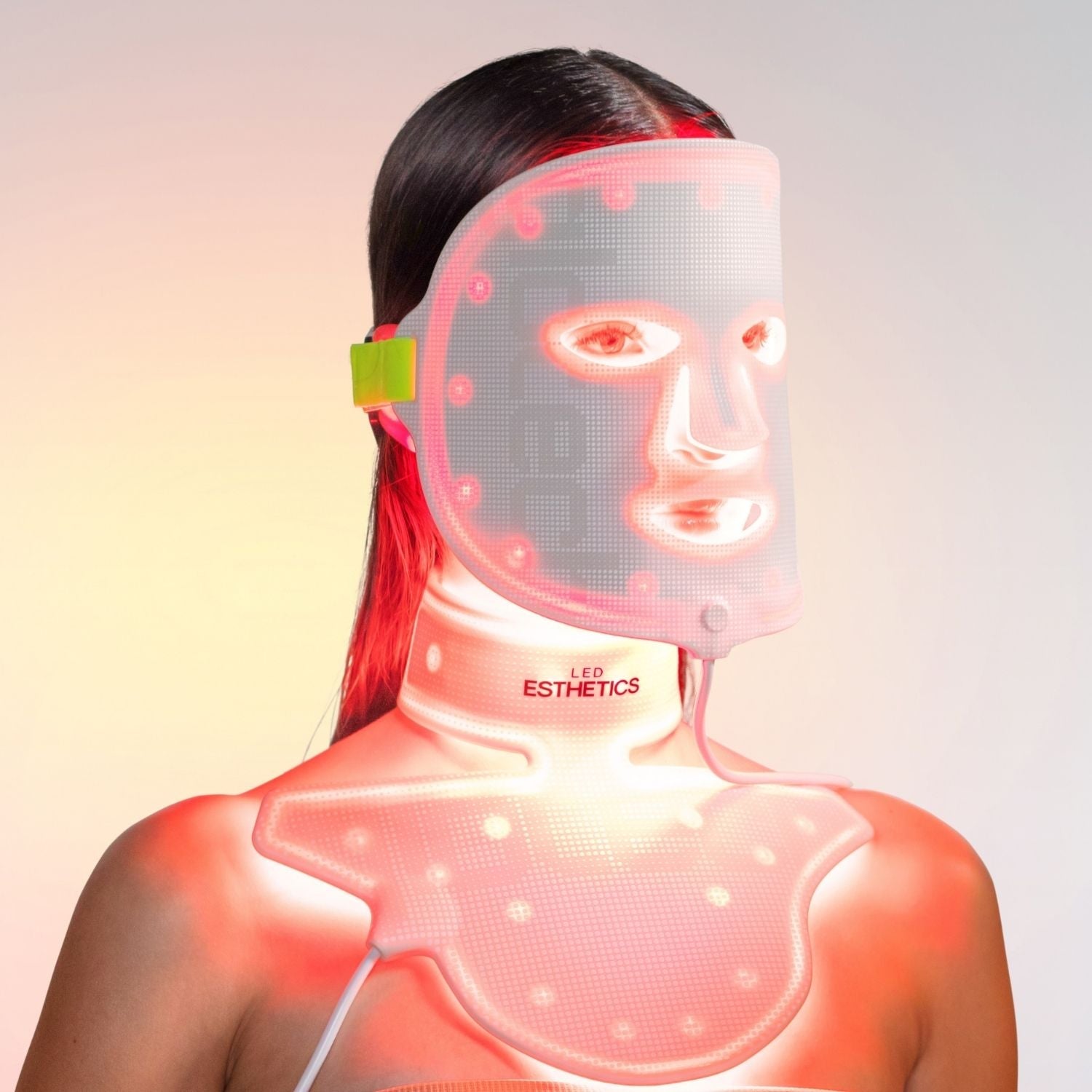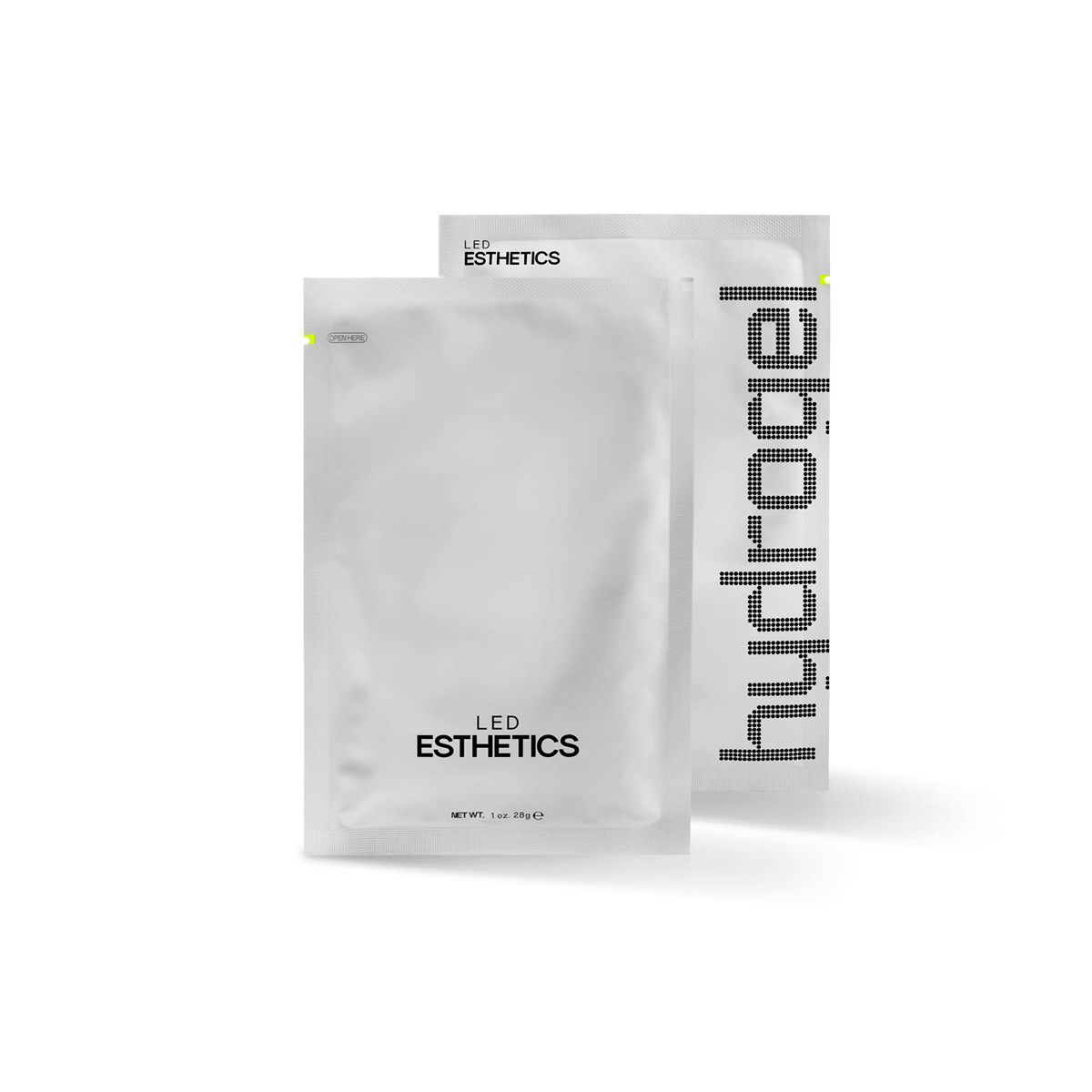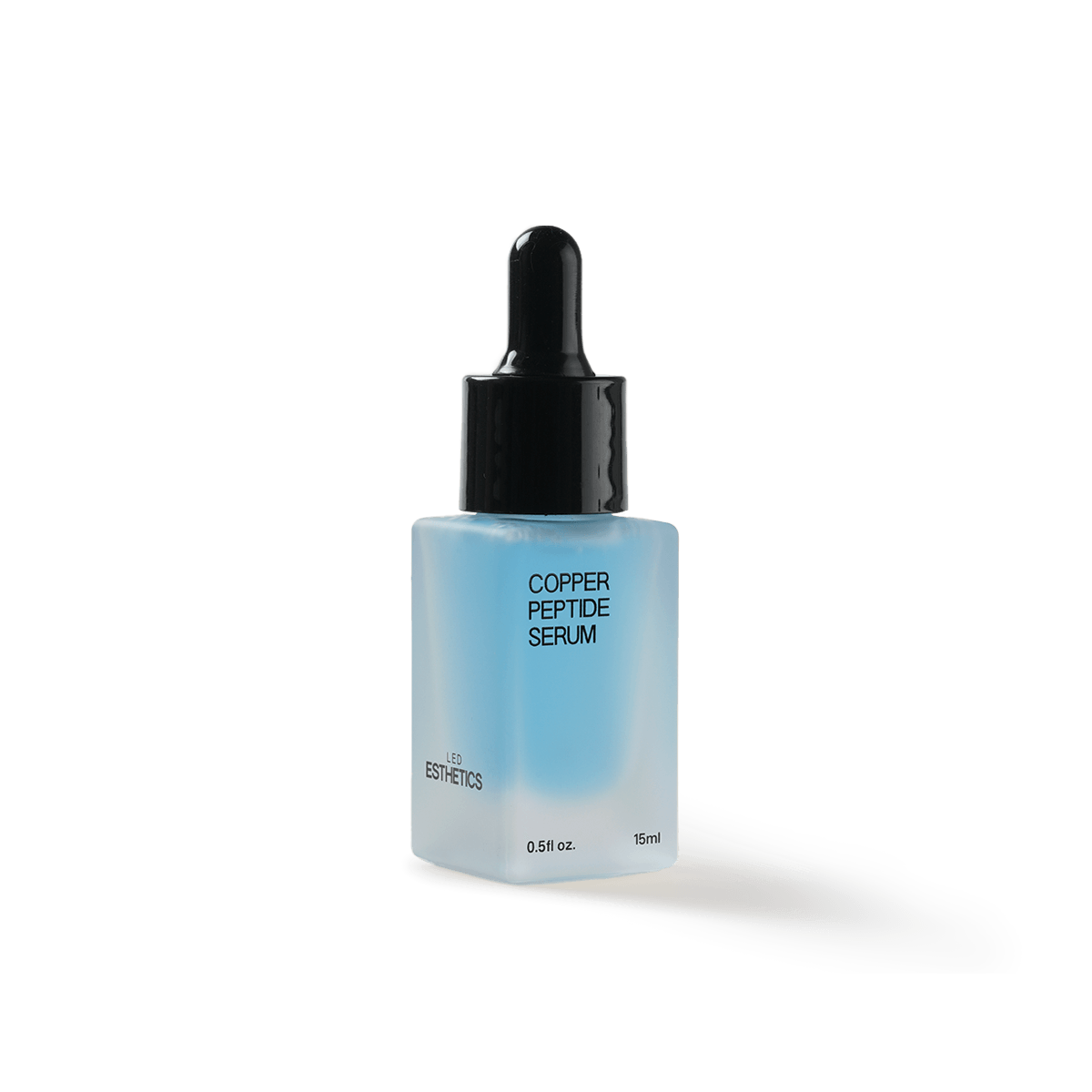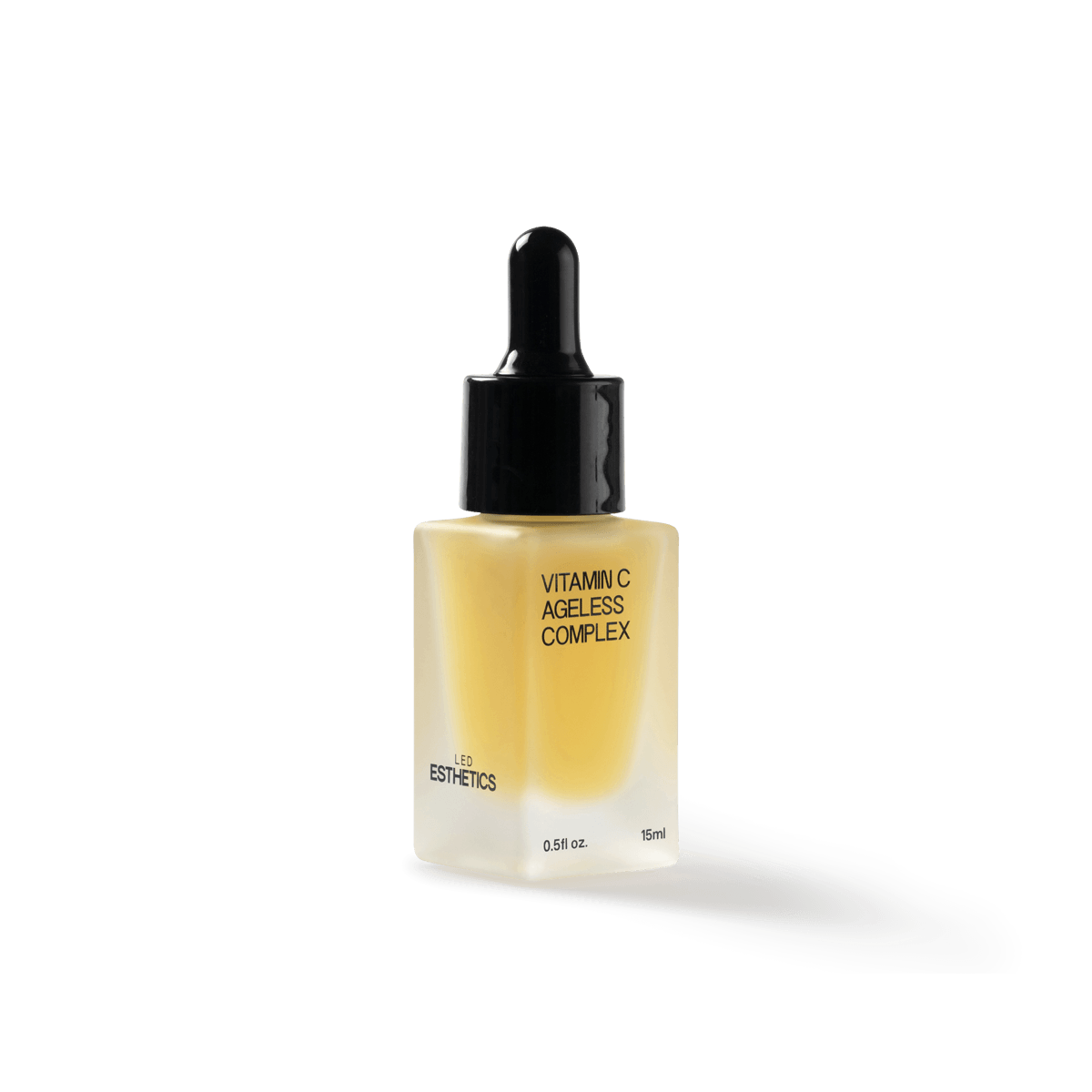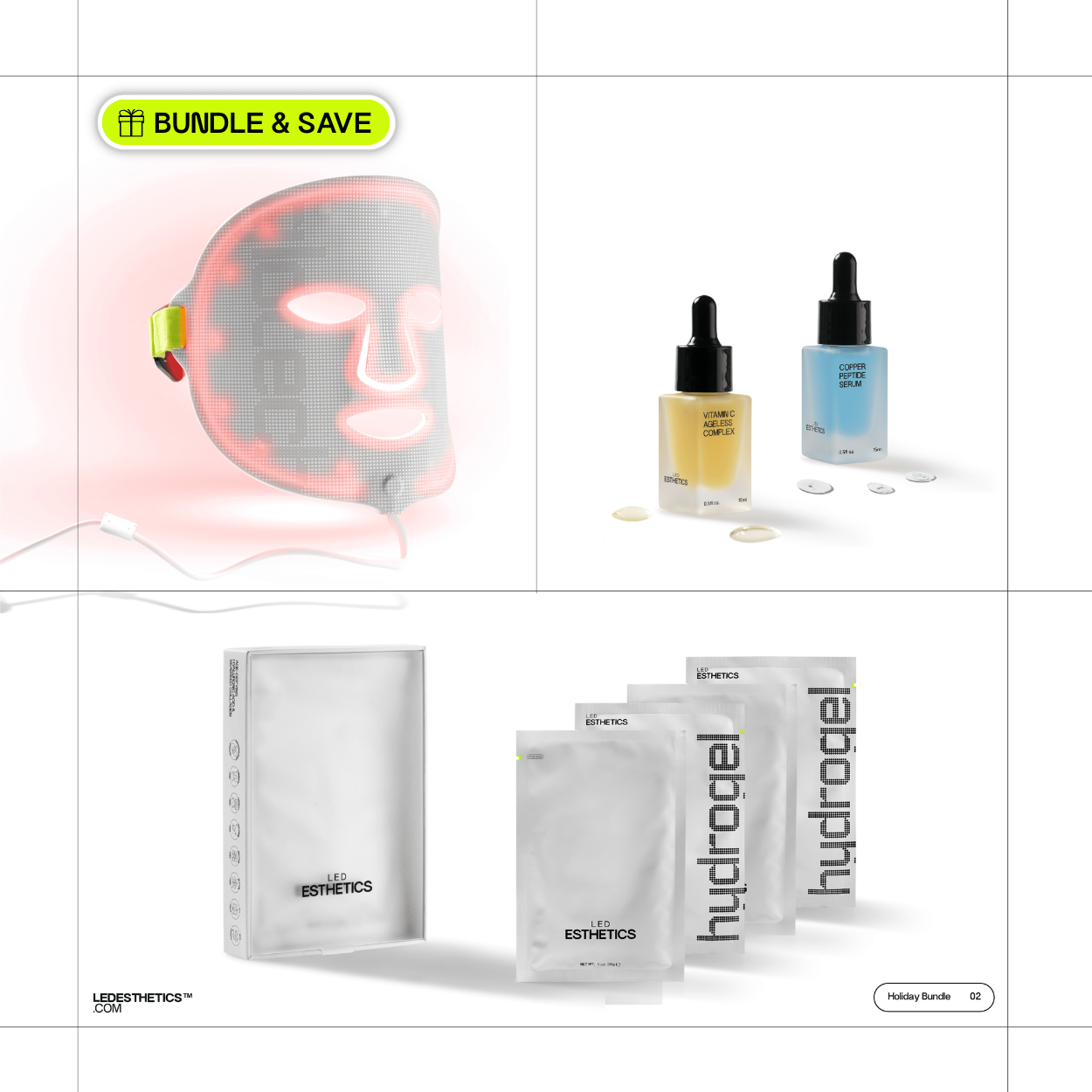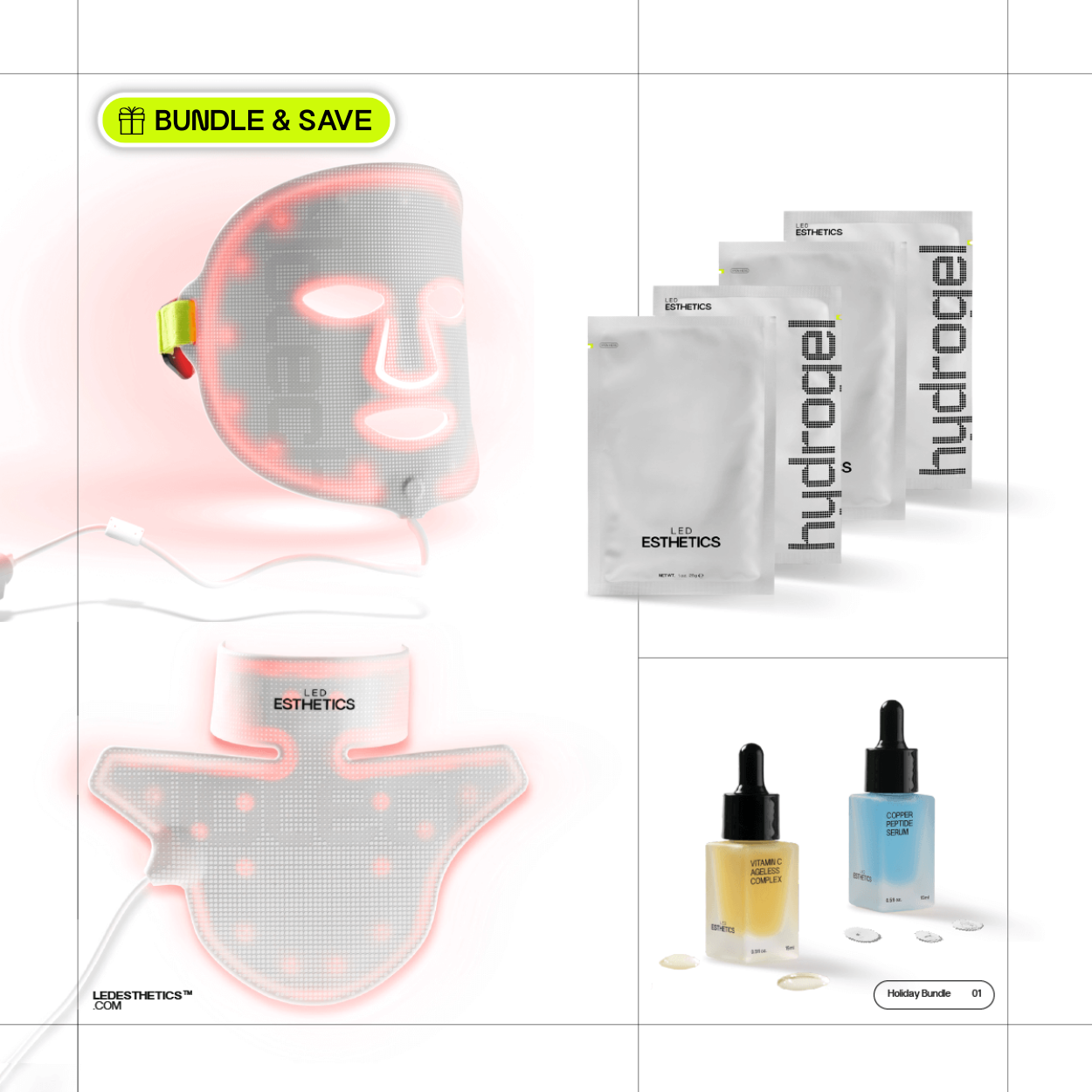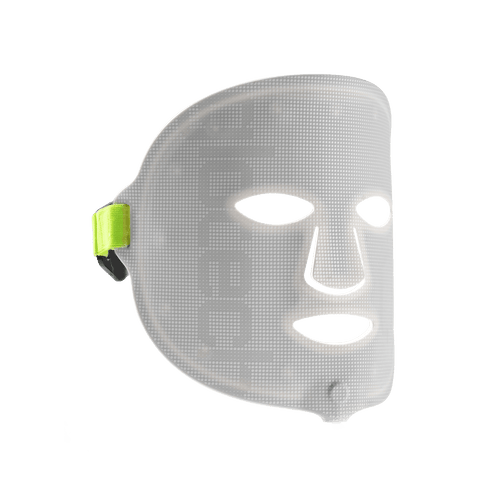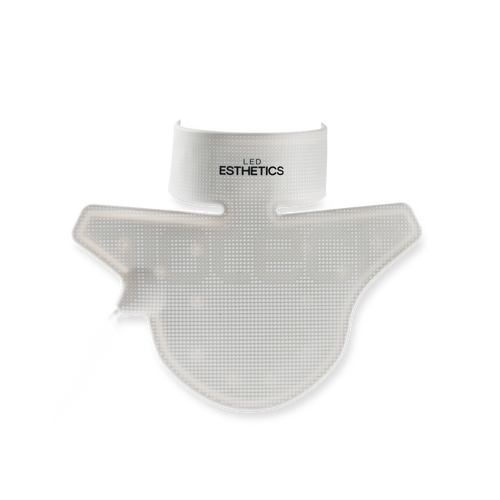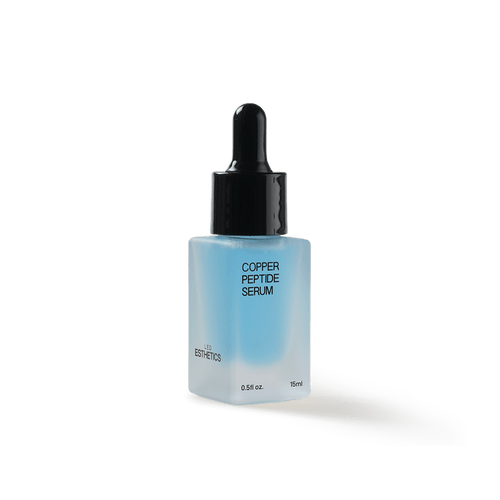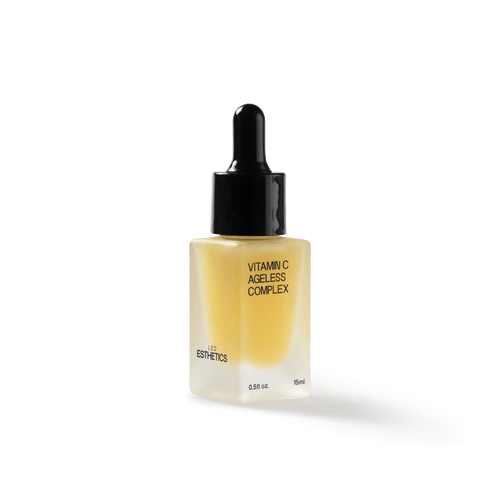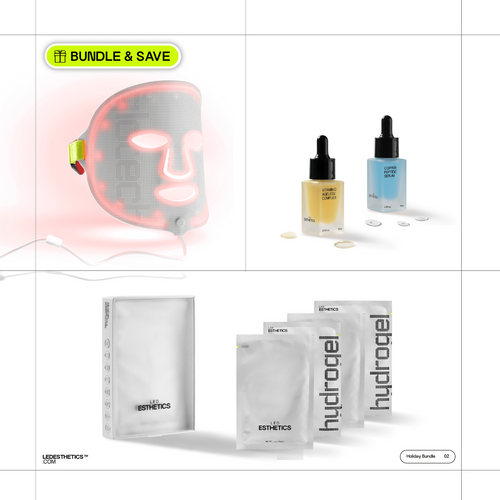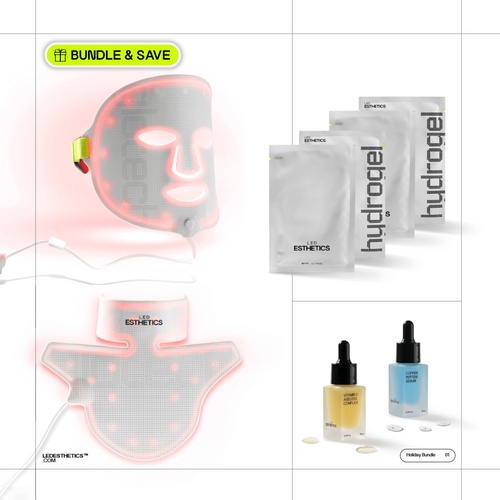
It's nice to have a slight flush of red on your cheeks, but there's a great difference between that and splotchy redness. Rosacea, hot weather, and spicy foods can cause facial redness. Continue reading to find out what can be causing your excessive blushing and discover the most effective strategies to get rid of the red.
What Causes Redness on The Face
Let's start with the physiological effects of facial reddening. Your body cools you down when you become overheated, such as when you have a fever, exercise, eat spicy food, or are in a hot environment. It does this by widening microscopic blood vessels so that heat may escape through the skin's surface. You might experience this kind of physical response when you're stressed, ashamed, or anxious as well. Your face feels hot all of a sudden, and a rash that looks like it was tie-dyed magenta is covering your chest and extending to your hairline. This is your body's natural reaction to stress, which results in the release of adrenaline, which increases circulation and dilates your blood vessels. Additionally, medications that increase blood flow to the skin, including Adderall and the cholesterol-lowering drug niacin, can induce flushing.
Common skin issues that cause redness on the face
We’ve all been there: You over scrubbed, or maybe layered on too many active ingredients (like retinol or vitamin C) and now your face is red and irritated. This is a sign that your skin barrier has been compromised, and needs to be repaired with the right calming and moisturizing ingredients. Another barrier compromiser? Dry skin and eczema – a genetic type of rash that makes the skin sensitive, parched, rough, and red.
Rosacea
We've all been there: Your face is red and inflamed because you scrubbed too hard or applied too many active chemicals (like retinol or vitamin C). This indicates a damaged skin barrier that has to be healed with the appropriate calming and moisturizing chemicals. Another breacher of the barrier? Eczema, a hereditary rash that causes dry skin and eczema, making the skin sensitive, chapped, rough, and red.
Acne and inflammatory pimples
Inflammatory pimples brought on by acne can cause the skin around them to turn red. Although it can be challenging to distinguish between rosacea and acne, adult acne often appears along the jawline rather than in the middle of the face. Additionally, unlike rosacea, acne typically does not cause a generalized blush.

How to reduce different types of skin redness
There are different strategies and targeted treatments that can help regulate redness and lessen skin inflammation, regardless of the cause of your flushed complexion—whether it's rosacea, dryness, or skin irritation.
How to reduce redness from irritation, dry skin, and eczema
TLC and RLT should be the focus of your routine if your skin is dry, red, itchy, or stinging. Utilize a moderate, ultra-gentle cleanser that takes off makeup, oil, and debris without removing your skin's natural lipids. Because heated temperatures can dry up the skin, make sure to wash with lukewarm water. To treat irritation and swelling from eczema, use red light therapy on the Mask & Glo Pro, Mask & Glo 7.0, or The Glo Wand. Now, use a ton of moisturizer to restore the skin's damaged barrier with moisturizing and emollient elements. The CC Serum is a wonderful example.

How to reduce redness from acne
Given that it contains three distinct modes of action that target breakouts, blue light is widely regarded as the most effective choice available for treating and reducing redness from acne.
Antibacterial Properties: Blue light causes a chemical reaction that kills the germs responsible for creating acne. This bacteria produces a porphyrin protein, which, when exposed to and absorbing blue light, causes a chemical process that kills the bacteria.
Regulates Sebum Production: Second, it controls sebum production, which is important because too much of it can clog pores and contribute to the acne cycle.
Improves Inflammation: Finally, blue light also tones down inflammation and redness, a major boon when battling breakouts.
Read: How to Treat your Acne with LED Therapy (No Creams, No Gels)
How to reduce redness from rosacea
Yellow LED Light Therapy is effective in minimizing redness, soothing sensitive or inflamed skin, encouraging red cell production to revitalize and heal the skin, minimizing damage caused by exposure to UV rays, and decreasing the appearance of visible veins on the skin.
Don’t neglect daily SPF!
The simplest and most efficient strategy to prevent rosacea redness is to apply a mineral-based sunscreen every single day as sun exposure is a primary rosacea trigger. (If rosacea flares up despite this practice for lowering redness, consult a dermatologist who can recommend a topical medicine to help control the condition.)
Read: LED therapy for Rosacea
Use these redness prevention techniques
Learn what physical triggers you have so you can avoid or change them. Avoid spicy foods if you are aware that they frequently cause your face to look like a red hot pepper. The same holds true for additional well-known vasodilators like alcohol, hot beverages, and steamy baths. If a flush does occur, apply a cold compress to your skin to make the blood vessels tighten and close. You can also reduce your temperature rapidly and soothe your redness by downing a glass of cold water.







